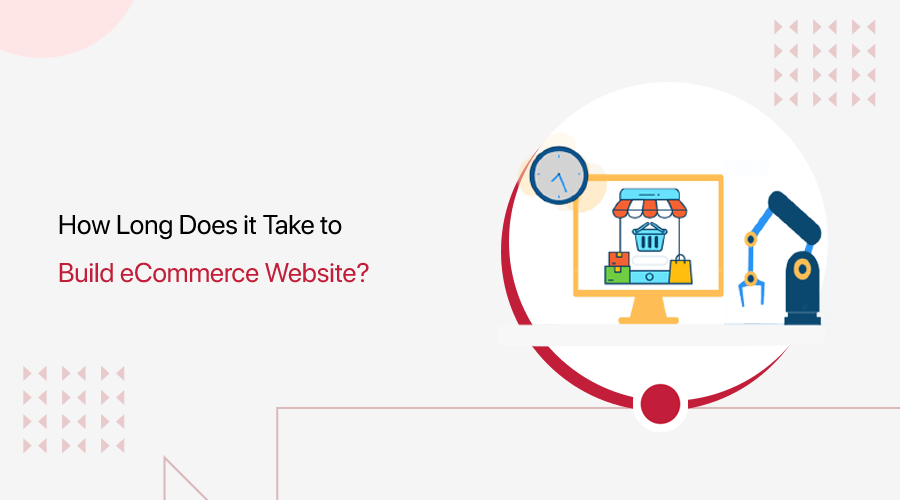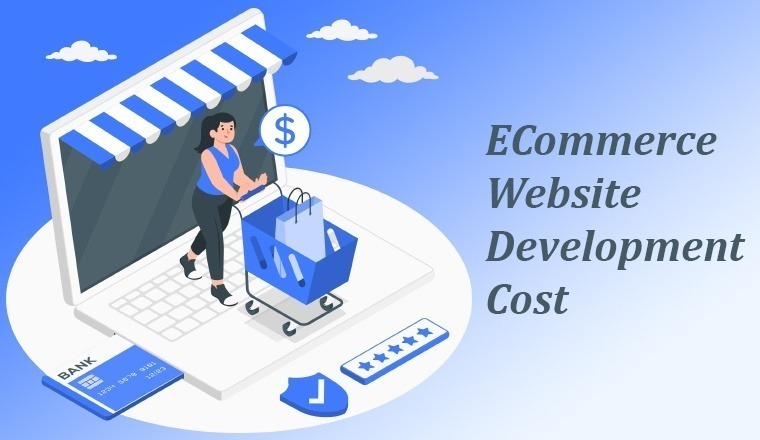In today’s digital age, having a robust online presence is crucial for businesses of all sizes. One of the most effective ways to achieve this is by developing an e-commerce website. E-commerce website development services play a vital role in creating a successful online store that not only attracts customers but also converts visitors into loyal buyers. In this article, we will explore essential tips for creating a successful e-commerce website, focusing on key aspects such as design, functionality, and user experience. Additionally, we will address common questions about the development process, costs, and timelines.
Understanding the Importance of E-commerce Website Development Services
E-commerce website development services are integral to establishing a strong online presence. A well-designed e-commerce website can significantly enhance your brand’s visibility, improve customer engagement, and boost sales. Partnering with a professional ecommerce website design company ensures that your online store is not only visually appealing but also optimized for performance and user experience.
Choosing the Right E-commerce Platform
Selecting the right e-commerce platform is the foundation of a successful online store. With numerous options available, it’s essential to choose one that aligns with your business needs. Some of the top ecommerce platforms include:
Shopify: Known for its user-friendly interface and extensive app ecosystem, Shopify is ideal for small to medium-sized businesses.
WooCommerce: A flexible and customizable platform built on WordPress, WooCommerce is perfect for those who want complete control over their online store.
Magento: Suitable for larger enterprises, Magento offers advanced features and scalability.
BigCommerce: An excellent choice for growing businesses, BigCommerce provides robust built-in features and integrations.
Your choice of platform should consider factors like ease of use, scalability, customization options, and budget.
Designing a User-Friendly Interface
The design of your e-commerce website plays a critical role in attracting and retaining customers. An ecommerce website developer can help create a user-friendly interface that ensures a seamless shopping experience. Key design principles include:
Intuitive Navigation: Ensure that your website’s navigation is simple and intuitive, allowing users to find products quickly and easily.
Responsive Design: With the increasing use of mobile devices, it’s crucial to have a responsive design that adapts to various screen sizes.
High-Quality Images: Use high-resolution images that showcase your products effectively, giving customers a clear idea of what they are purchasing.
Clear Call-to-Actions (CTAs): Strategically placed CTAs guide users through the buying process, from browsing to checkout.
Optimizing for Performance and Speed
Website performance and speed are critical factors that influence user experience and search engine rankings. Slow-loading websites can frustrate users and lead to higher bounce rates. To optimize your ecommerce website’s performance:
Optimize Images: Compress and optimize images to reduce load times without compromising quality.
Use a Content Delivery Network (CDN): CDNs distribute your website’s content across multiple servers, improving load times for users globally.
Minimize HTTP Requests: Reduce the number of elements on your page to decrease the number of HTTP requests.
Leverage Browser Caching: Enable browser caching to store static resources, reducing load times for returning visitors.
Enhancing Security Measures
Security is paramount for e-commerce websites, as they handle sensitive customer information and payment details. Implementing robust security measures protects your customers and builds trust. Essential security practices include:
SSL Certificates: Ensure that your website uses HTTPS to encrypt data transmitted between the server and the user.
Secure Payment Gateways: Use reputable payment gateways that comply with industry security standards.
Regular Security Audits: Conduct regular security audits to identify and address vulnerabilities.
Two-Factor Authentication (2FA): Implement 2FA to add an extra layer of security for user accounts.
Creating Compelling Product Pages
Product pages are the heart of your e-commerce website, and they need to be both informative and persuasive. To create compelling product pages:
Detailed Descriptions: Provide comprehensive product descriptions that highlight key features, benefits, and specifications.
Customer Reviews: Include customer reviews and ratings to build trust and credibility.
High-Quality Images and Videos: Use multiple images and videos to give customers a complete view of the product.
Clear Pricing and Availability: Clearly display pricing, discounts, and stock availability to avoid any confusion.
Streamlining the Checkout Process
A smooth and straightforward checkout process is essential for reducing cart abandonment rates. An ecommerce website developer can help design a checkout process that minimizes friction and enhances user experience. Key elements include:
Guest Checkout Option: Allow users to checkout without creating an account to simplify the process.
Multiple Payment Options: Offer a variety of payment methods to cater to different customer preferences.
Progress Indicators: Use progress indicators to show users how many steps are left in the checkout process.
Clear Error Messages: Provide clear and helpful error messages to guide users in case of any issues.
How Long Does It Take to Develop an E-commerce Website?

The time required to develop an e-commerce website depends on various factors, including the complexity of the design, the number of features, and the platform used. On average, it can take anywhere from a few weeks to several months. Working with a professional ecommerce website design company can help streamline the process and ensure timely delivery.
How Much Does It Cost to Develop an E-commerce Website?

The cost of developing an e-commerce website varies based on factors such as the platform, design complexity, and additional features. A basic e-commerce website can cost a few thousand dollars, while a more complex site with custom features can run into tens of thousands of dollars. It’s important to get a detailed quote from your ecommerce website developer to understand the full scope of costs involved.
Utilizing SEO Best Practices
Search engine optimization (SEO) is critical for driving organic traffic to your e-commerce website. Incorporating SEO best practices helps improve your website’s visibility on search engines. Key SEO strategies include:
Keyword Research: Identify relevant keywords that your target audience is searching for and incorporate them into your product descriptions, titles, and meta tags.
Optimized Content: Create high-quality, engaging content that addresses the needs and interests of your audience.
Mobile Optimization: Ensure that your website is mobile-friendly, as search engines prioritize mobile-optimized sites.
Backlinks: Build high-quality backlinks from reputable websites to improve your site’s authority and rankings.
Leveraging Social Media and Marketing
Social media and marketing play a crucial role in promoting your e-commerce online store. Utilize social media platforms to engage with your audience, showcase products, and drive traffic to your website. Effective strategies include:
Social Media Advertising: Run targeted ads on platforms like Facebook, Instagram, and Twitter to reach potential customers.
Email Marketing: Build an email list and send regular newsletters to keep your audience informed about new products, promotions, and updates.
Influencer Partnerships: Collaborate with influencers in your niche to expand your reach and credibility.
Conclusion
E-commerce website development services are essential for creating a successful online store that attracts and retains customers. By choosing the right platform, designing a user-friendly interface, optimizing performance, enhancing security, and following SEO best practices, you can build an e-commerce website that stands out in a competitive market. Additionally, understanding the development process, costs, and timelines can help you make informed decisions. With a well-executed strategy, your e-commerce online store can become a powerful tool for driving sales and growing your business.
